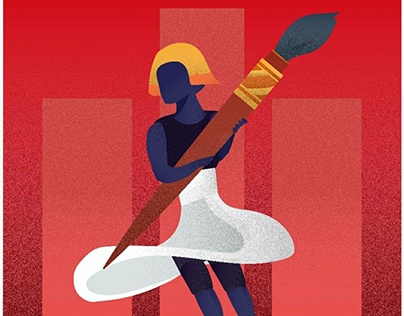
Next, I created a Customer Experience Map to organize all of the insights I gathered from interviewing users. My goal was to make sense of the insights and information gathered as a timeline of events that a user goes through when they work through their tasks. I then complemented the Customer Experience Map with a Task Model. Task Models allow me to break down a task to its smallest and most basic steps.

This in turn helps me create designs that follow the mental frameworks that are most intuitive to users. Using all of the information I gathered through interviews, I then created 3 user personas that would become my North Star when designing Taskly. Next, I executed 4 card sorting exercises with potential Taskly users in order to uncover and clarify the mental models and categories that are most intuitive to them. This in turn informed the navigational structure or site map of the app. In order to save time, I then created multiple wireframes for Taskly using good old pen and paper. In addition, the paper wireframes allowed me to do a quick round of user testing with potential users in order to test out any design assumptions I might have made during the wireframing process.īy using pen and paper instead of digital tools, I was able to iterate quickly, make mistakes, and create different designs without having to commit to any one specific design. Once I had implemented the feedback I got from user testing into the paper wireframes, I then created digital wireframes using UXPin.

These digital wireframes allowed me to do additional testing and to give Taskly’s design a more solid look. When designing, I follow a lean UX approach, therefore, I ran through 3 digital user testing sessions using In Vision, and 3 non-digital user testing sessions using printouts of Taskly’s design. The feedback obtained through testing allowed me to solidify and improve upon any design decisions I had previously made.


 0 kommentar(er)
0 kommentar(er)
